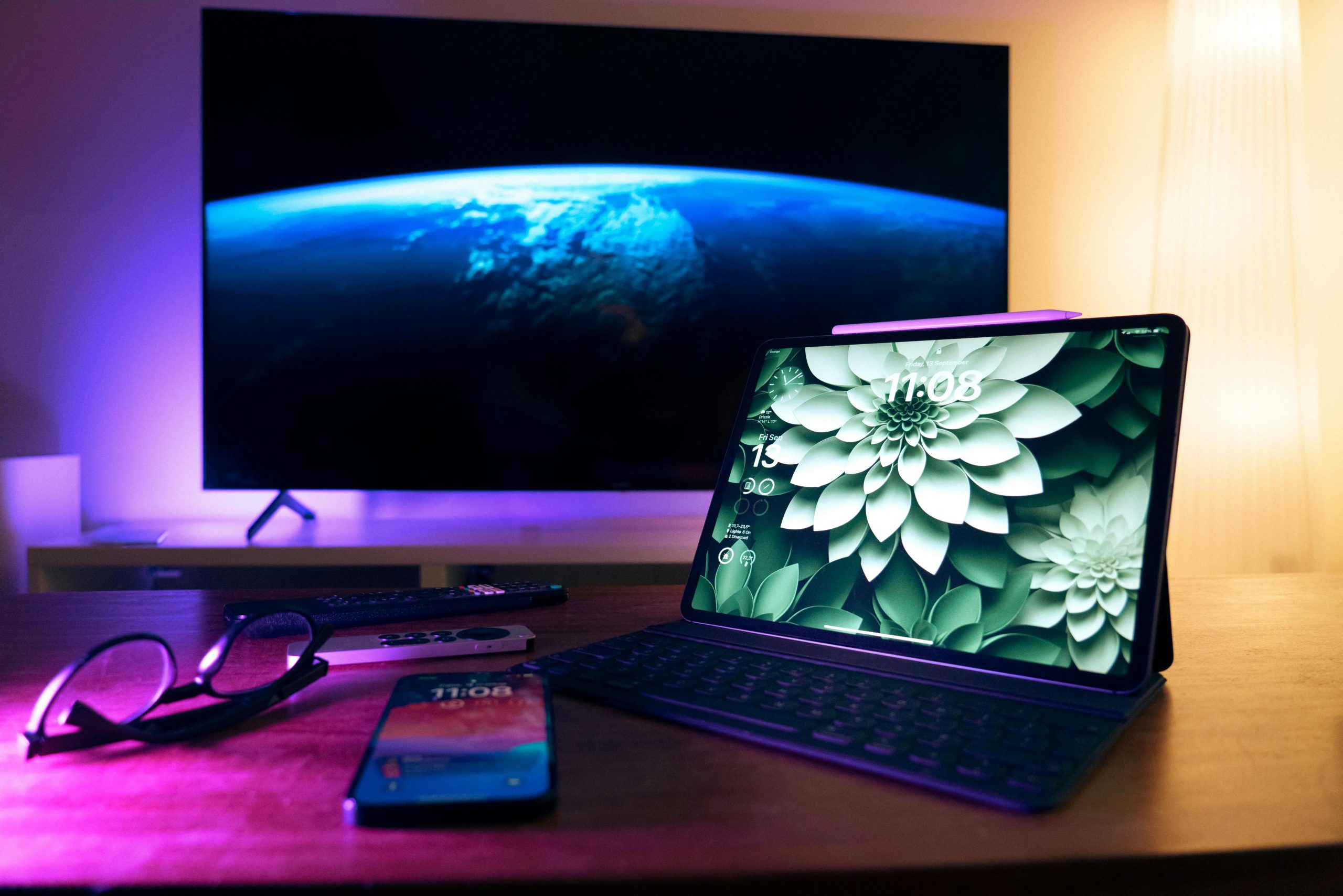Troubleshooting Guide: Resolving Green Screen Issues When Connecting a Laptop to a Westinghouse TV via HDMI
Connecting your laptop to a secondary display is typically a straightforward process, but occasional technical issues can arise, such as the appearance of a green screen on your television. If you’re experiencing this problem with your Westinghouse TV, here is a professional, step-by-step troubleshooting guide to help identify and resolve the issue.
Understanding the Issue
In this scenario, the user reports that upon connecting their laptop to a Westinghouse TV using an HDMI cable, the TV displays a blank green screen. Although the monitor/display settings recognize both devices, only the laptop appears as active, with the TV not displaying the expected image. This suggests a problem with the signal transmission or compatibility issues between devices.
Initial Troubleshooting Steps Already Attempted
The user has already taken several essential steps, including:
– Restarting both the laptop and TV.
– Testing all HDMI ports on the TV.
– Replacing the HDMI cable with a different one.
– Connecting the HDMI cable directly to the laptop, avoiding intermediary devices like multi-port adapters or docking stations.
Additional Troubleshooting Recommendations
If the problem persists after these initial efforts, consider the following advanced troubleshooting steps:
- Verify Display Output Settings:
- Ensure that the laptop’s display output is correctly configured. On Windows, use the Windows+P shortcut to cycle through options like Duplicate, Extend, or Second Screen Only.
-
Confirm that the output mode aligns with your intended display setup.
-
Update Graphics Drivers:
- Outdated or incompatible graphics drivers can cause display issues.
-
Visit your laptop manufacturer’s website or graphics card provider to download and install the latest drivers.
-
Check TV Input Settings:
- Use your TV remote to select the correct HDMI input source manually.
-
Verify that any picture mode or custom settings are not causing display issues.
-
Test with a Different Device:
-
Connect another device, such as a different laptop or media player, to the same HDMI port to determine if the issue is specific to your laptop or the TV.
-
Adjust Resolution and Refresh Rate:
- Lower the laptop’s display resolution and refresh rate temporarily to see if that resolves the issue.
-
Access display settings on your laptop to modify these parameters.
-
Inspect Hardware Connections:
- Ensure that all cables are firmly connected and undamaged.
- If using adapters, verify their compatibility and functionality.
7.
Share this content:



